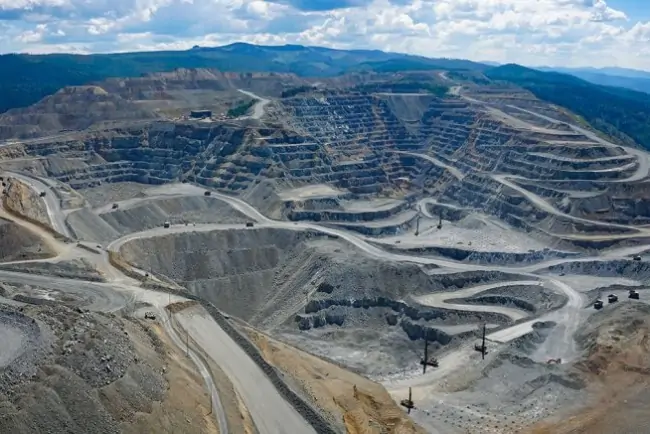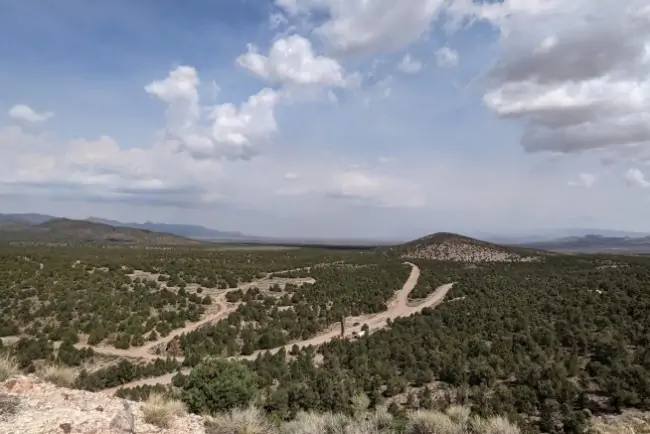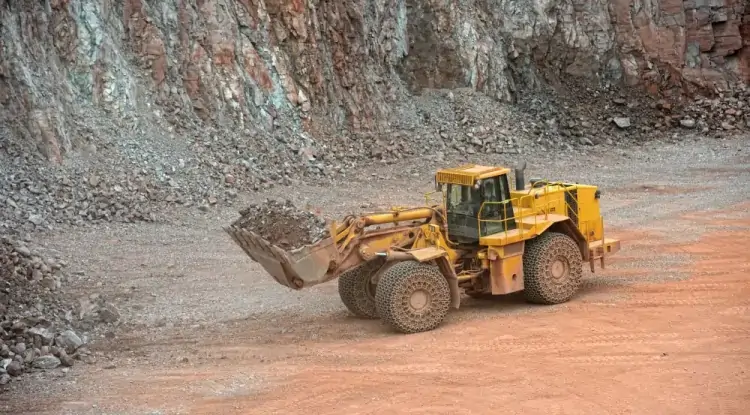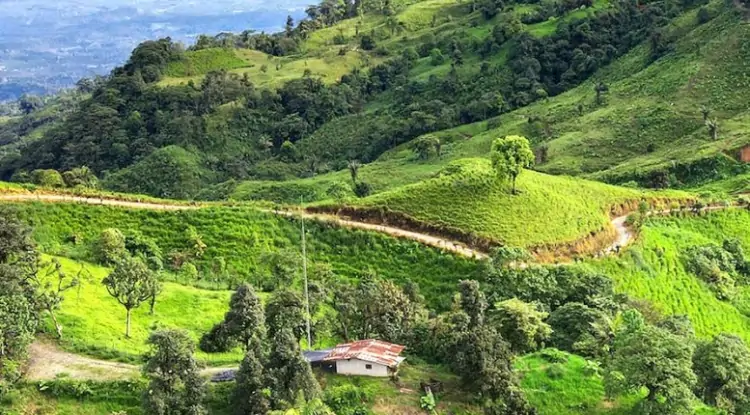New study saves US$1B in upfront cost as SolGold shops Cascabel project
SolGold (TSX: SOLG; LSE: SOLG) has managed to slash the upfront cost of its 100%-owned Cascabel project in Ecuador while the company continues to explore the potential sale of its flagship copper-gold property. A new pre-feasibility study released Friday showed a sizeable reduction in the initial capital cost, highlighted by over US$1 billion in savings.
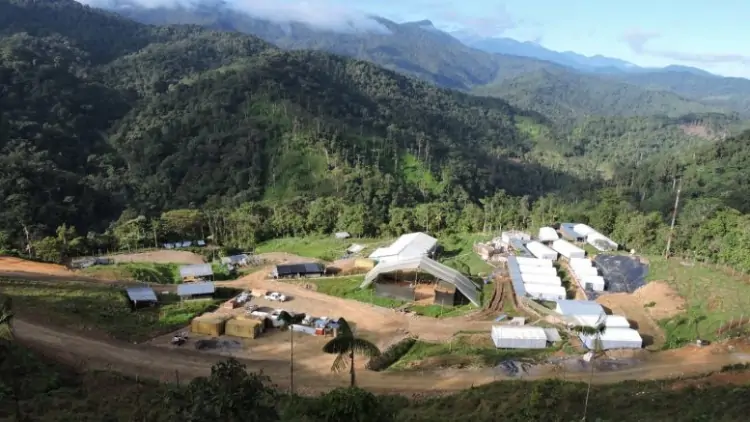

Pre-production capital used for initial mine development, first process plant module and infrastructure is now estimated at US$1.6 billion, compared to US$2.8 billion from the prefeasibility study issued in April 2022.
The after-tax net present value, discounted at 8%, is US$3.2 billion, with an internal rate of return of 24%. The gives the project a payback period of roughly four years from the start of processing. These economics are also improvements on those from 2022.
The 2024 study incorporated a phased block cave development strategy at Cascabel, which SolGold says can substantially reduce the initial capital expenditure and optimize project development by gradually scaling up operations. Post-production costs, however, will be higher at US$2.6 billion.
The project will begin with a ramp-up period of approximately two years, following which the initial block cave will achieve a production rate of 12 million tonnes per annum, extracting high-grade ore averaging approximately 1.45% copper-equivalent for the first 10 years of production.
Mining operations will then double to a production rate of 24 million tonnes annually in year six. The phase 2 mill expansion is expected to be entirely funded from project cash flow, SolGold said.
The current Cascabel mine plan reflects the profitable exploitation of only 18% of measured and indicated mineral resource at the Alpala deposit (3 million tonnes at 0.52% copper equivalent) through a 28-year mine life.
According to the company, the size of the entire resource indicates the mine’s potential to be a multi-generational mining asset, potentially one of the 20 largest copper-gold mines in South America. It expects mine construction could start in 2025.
However, investors have been skeptical of SolGold’s management ability to deliver the project to its potential. The company’s share price has halved over the past year, while the miner has had to cut spending to stay afloat, prompting a strategic review of its assets.
In its most recent financial year, SolGold, which doesn’t generate revenue, swung to a much larger operating loss at US$38.5 million from US$21.4 million on the back of rising administrative costs. In its year-end release, the company said additional funding will be needed to continue its exploration and development programs.
In late 2022, SolGold raised US$36 million through an equity investment by China’s Jiangxi Copper, after already netting US$50 million in a royalty deal with Osisko Gold Royalties (TSX: OR; NYSE: OR). However, those deals did little to assuage investor concerns and stop the stock decline.
On Friday, SolGold’s shares traded 4.3% higher at 12¢ apiece as of 12:30 p.m. in Toronto, still at the lower end of the 52-week range of 10¢ and 38¢. Its market capitalization is $378.6 million.


